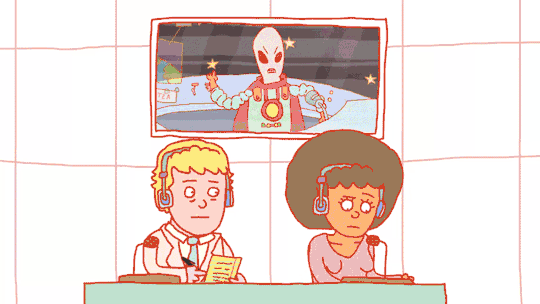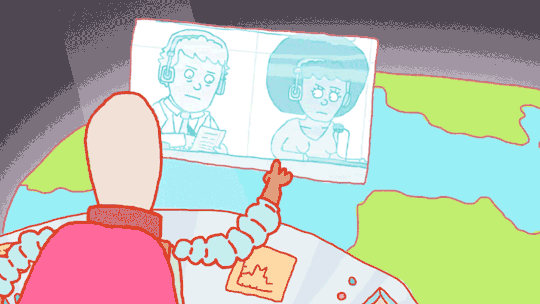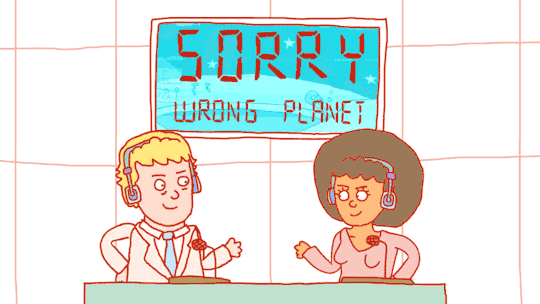
How interpreters juggle two languages at once (in TED-Ed GIFs)

For most of history, interpretation was mainly done consecutively, with speakers and interpreters making pauses to allow each other to speak. But after the advent of radio technology, a new simultaneous interpretation system was developed in the wake of World War II. In the simultaneous mode, interpreters instantaneously translate a speaker’s words into a microphone while he or she speaks, without pauses. Those in the audience can choose the language in which they want to follow. On the surface it all looks seamless, but behind the scenes, human interpreters work incessantly to ensure every idea gets across as intended. And that is no easy task. Below, Ewandro Magalhaes explains how it works. [Learn about TED Translators here.]

It takes about two years of training for already fluent bilingual professionals to expand their vocabulary and master the skills necessary to become a conference interpreter. To get used to the unnatural task of speaking while they listen, students shadow speakers and repeat their every word exactly as heard, in the same language. In time, they begin to paraphrase what is said, making stylistic adjustments as they go. At some point a second language is introduced. Practicing in this way creates new neural pathways in the interpreter’s brain and the constant effort of reformulation gradually becomes second nature.

Over time, and through much hard work, the interpreter masters a vast array of tricks to keep up with speed, deal with challenging terminology and handle a multitude of foreign accents. They may resort to acronyms to shorten long names, choose generic terms over specific, or refer to slides and other visual aids. They can even leave a term in the original language while they search for the most accurate equivalent.

Interpreters are also skilled at keeping aplomb in the face of chaos. Remember: they have no control over who is going to say what or how articulate the speaker will sound. A curve ball can be thrown at any time. Also, they often perform to thousands of people and in very intimidating settings, like the UN General Assembly. To keep their emotions in check, they carefully prepare for an assignment, building glossaries in advance, reading voraciously about the subject matter, and reviewing previous talks on the topic.

Finally, interpreters work in pairs. While one colleague is busy translating incoming speeches in real time, the other gives support by locating documents, looking up words and tracking down pertinent information. Because simultaneous interpretation requires intense concentration, every 30 minutes the pair switches roles. Success is heavily dependent on skillful collaboration.
Watch the full TED-Ed Lesson: How interpreters juggle two languages at once:
To learn something new every week, sign up for the TED-Ed Newsletter here >>




Where can I watch more videos like this one or any other websites talking about this topic?
Thanks to TED and Ewandro Magalhaes for the contribution!
Obrigada do México!
It is easy way to exchange human thinks